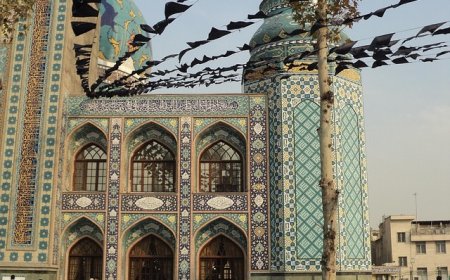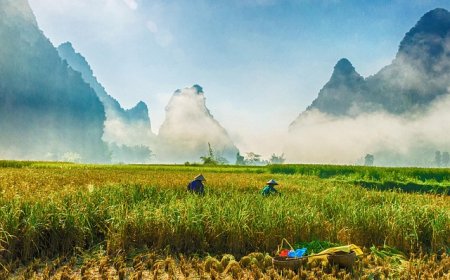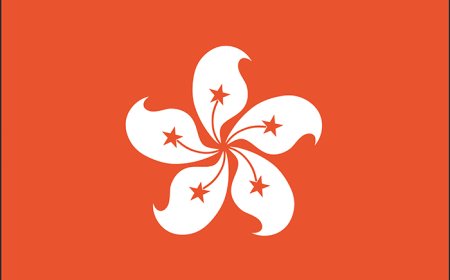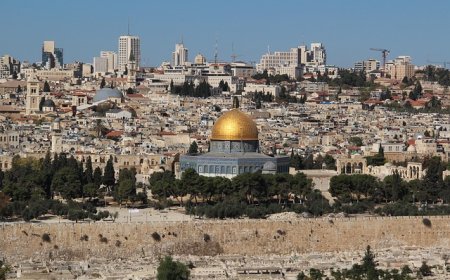Japan for Students: Geography, History, and Culture
Discover Japan for kids. Learn about islands, technology, and Japanese culture. Includes fun facts, vocabulary words, and a quiz.
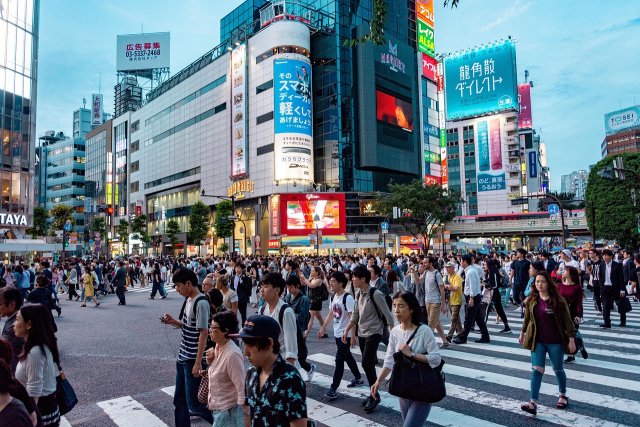
Introduction
Japan is an island country located in East Asia, surrounded by the Pacific Ocean. Known for its stunning mix of ancient traditions and modern technology, Japan is one of the most interesting and influential nations in the world. It is home to more than 120 million people and has one of the world’s largest economies.
In Japan, you’ll find quiet temples and cherry blossoms beside neon-lit cities and high-speed trains. People in Japan are proud of their cultural heritage, and they also lead in fields like robotics, animation, and environmental innovation. Whether you're exploring Japan’s beautiful mountains, watching sumo wrestling, or enjoying sushi, there is always something new to learn and experience.
Geography and Landscape
Japan is made up of four main islands—Honshu, Hokkaido, Kyushu, and Shikoku—as well as thousands of smaller islands. The country stretches along the eastern edge of Asia and sits on multiple tectonic plates, making it prone to earthquakes and active volcanoes.
Japan’s landscape is mostly mountainous, with forests covering much of the land. Because there is so little flat terrain, cities are often built along the coast or in valleys. Mount Fuji, Japan’s highest and most iconic peak, is a dormant volcano and a national symbol.
The country experiences four distinct seasons: cherry blossoms in spring, hot and humid summers, vibrant autumn foliage, and snowy winters—especially in the north, where many enjoy skiing or soaking in onsen (natural hot springs).
Rivers and coastal waters provide fish and fresh water. Japan’s location along the Ring of Fire offers both stunning natural beauty and natural hazards like typhoons and tsunamis.
Cities and Regions
Japan is divided into 47 prefectures, each with its own culture, cuisine, and festivals. The capital, Tokyo, is one of the world’s largest metropolitan areas and a global hub for business, fashion, and technology. Despite its skyscrapers, Tokyo also hides tranquil gardens, historic temples, and centuries-old shrines.
Kyoto, the former imperial capital, is renowned for its wooden teahouses, geisha districts, and over a thousand temples. Osaka is famous for its street food and friendly locals, while Hiroshima, rebuilt after World War II, stands as a beacon for peace and remembrance.
Sapporo, on Hokkaido, hosts a famous snow festival each winter, and Nagasaki reflects centuries of foreign influence. From rural mountain villages to high-tech cities, each region offers something unique.
People, Language, and Culture
Japanese society values respect, harmony, and group cooperation. Most people speak Japanese, written in three scripts: hiragana, katakana, and kanji. English is taught in schools, but daily life and communication predominantly use Japanese.
Politeness, cleanliness, and attention to detail are hallmarks of Japanese culture. Bowing is a common greeting, and family and elders are highly respected. Education is rigorous, with many students attending after-school lessons to prepare for exams.
Traditional arts include the tea ceremony, calligraphy, ikebana (flower arranging), and wearing the kimono. Martial arts such as judo, karate, and kendo remain popular. Religiously, Japan blends Shinto and Buddhism, and many visit shrines and temples throughout the year.
Modern pop culture—anime, manga, video games, and J-pop—enjoys global popularity, reflecting Japan’s fusion of tradition and innovation.
Food and Daily Life
Japanese cuisine is celebrated for its healthfulness and presentation. Staples include rice, noodles, fish, and seasonal vegetables. Sushi and ramen are internationally famous, while tempura, bento boxes, and miso soup fill everyday meals.
Meals are often shared at low tables with chopsticks. Saying “itadakimasu” before eating and “gochisousama” after shows gratitude. Homes are kept meticulously clean, shoes are left at the door, and slippers are worn indoors.
Public transportation—especially trains and subways—is extremely efficient and widely used by students and commuters alike.
History of Japan
From ancient farming villages to the arrival of Buddhism in the 6th century, Japan’s early history was shaped by emperors and shoguns. During the Edo period (1603–1868), Japan was isolated and culturally rich. The Meiji Restoration in 1868 reopened the country and sparked rapid modernization.
In the 20th century, Japan’s imperial ambitions led to its role in World War II and the bombings of Hiroshima and Nagasaki. Post-war reconstruction transformed Japan into a peaceful democracy with a leading global economy.
Nature and Environment
Despite dense urban areas, Japan preserves extensive natural beauty. National parks, bamboo forests, and coastal wetlands are home to wildlife such as snow monkeys, tanuki (raccoon dogs), cranes, and serow. Each spring, millions gather for hanami (cherry-blossom viewing), and autumn’s colorful leaves draw nature lovers nationwide.
Japan faces challenges—pollution, earthquakes, tsunamis—but leads in eco-friendly technology like renewable energy and electric vehicles. Shrines in forests or by waterfalls underscore the deep respect Japanese culture holds for the natural world.
Vocabulary List
| Word | Definition |
|---|---|
| Archipelago | A group of islands, like Japan |
| Prefecture | A regional division in Japan, similar to a state or province |
| Kimono | A traditional Japanese robe worn during special occasions |
| Sushi | A Japanese dish of vinegared rice served with raw or cooked toppings |
| Shogun | A military ruler in feudal Japan |
| Onsen | A natural hot spring used for bathing |
| Itadakimasu | A phrase said before eating to express gratitude |
| Anime | Japanese animated films and series |
👧🧒 Kid-Friendly Summary
Japan is a beautiful island country in Asia. People there speak Japanese and live in both big cities and quiet towns. Japan has tall mountains, hot springs, and cherry blossoms. The Japanese are known for being polite and clean.
They eat yummy foods like sushi and noodles, ride super-fast trains, and celebrate cool festivals. Japan also makes fun things like anime and video games. Even though it has a long history, Japan is also very modern and full of new ideas.
🧠 Interactive Quiz: What Do You Know About Japan?
1. What is the capital of Japan?
A) Osaka
B) Kyoto
C) Tokyo
D) Hiroshima
2. What is sushi made of?
A) Bread and cheese
B) Rice and raw fish
C) Noodles and beans
D) Fruit and yogurt
3. What are Japan’s four main islands?
A) Honshu, Hokkaido, Kyushu, Shikoku
B) Tokyo, Kyoto, Osaka, Sapporo
C) Fuji, Tofu, Sushi, Nori
D) North, South, East, West
4. What is Mount Fuji?
A) A volcano and Japan’s highest mountain
B) A lake
C) A city
D) A food
5. What does it mean when someone says “itadakimasu”?
A) Goodbye
B) Thank you
C) Let’s eat
D) I’m full
6. What do people often wear in traditional ceremonies in Japan?
A) Robes
B) Kimono
C) T-shirts
D) Suits
7. What is anime?
A) A sport
B) A festival
C) Japanese animation
D) A holiday
8. What type of natural disaster is common in Japan?
A) Tornadoes
B) Earthquakes
C) Hurricanes
D) Blizzards


















































